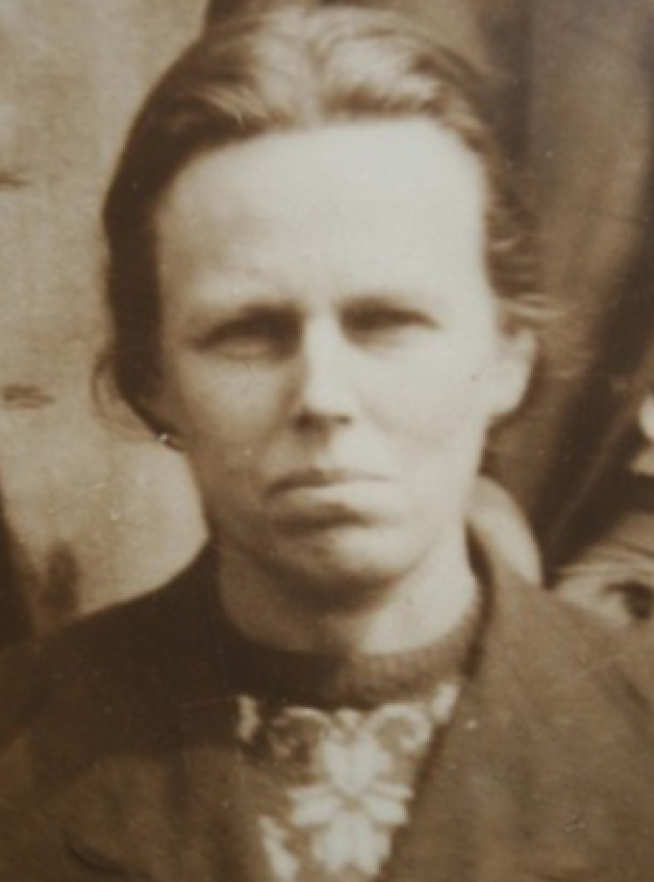
The Library Reading Room is named after Letitia following a bequest on her death.
During World War I (WWI), Letitia Chitty worked for the Air Ministry where she met Alfred Pippard. Inspired by him she returned to Cambridge University and changed course from mathematics to engineering, graduating with first class honours in the Mechanical Sciences Tripos in 1921, the first woman to do so.
Her career was unusual for a woman of this period. Continuing at the Air Ministry, she worked with Richard Southwell (Imperial College Rector 1942-1948) and Alfred Pippard and then joined Imperial as a Research Assistant in 1934. She worked with Pippard on aircraft structures, where she undertook much of the mathematical work on stresses in arches, of the voussoir type particularly, and loading of wheels. Later she undertook major work on stresses of large dams in the Middle East. Her World War II (WWII) work included research into submarine hulls under shell attack, stresses in extensible cables and pulley blocks for barrage balloons, for the Director of Scientific Research of the Admiralty and the Ministry of Supply.
Letitia became a Lecturer in 1937. She retired in 1962 the 1st (of 2) Lady Fellows of the Royal Aeronautical Society, the 3rd Woman Corporate Member of the Institute of Civil Engineers and the 1st woman to be appointed to a technical Committee of the Institute of Civil Engineers 1958. She was awarded four Telford Premiums for papers written in collaboration with Pippard. Besides engineering and mathematical writing, she produced a book called An Alphabet of Flowers containing plant drawings and notes on her holidays. In retirement, she continued to attend College and continued to work until she was over 80.
In her later years, she was even interviewed by Vogue magazine.